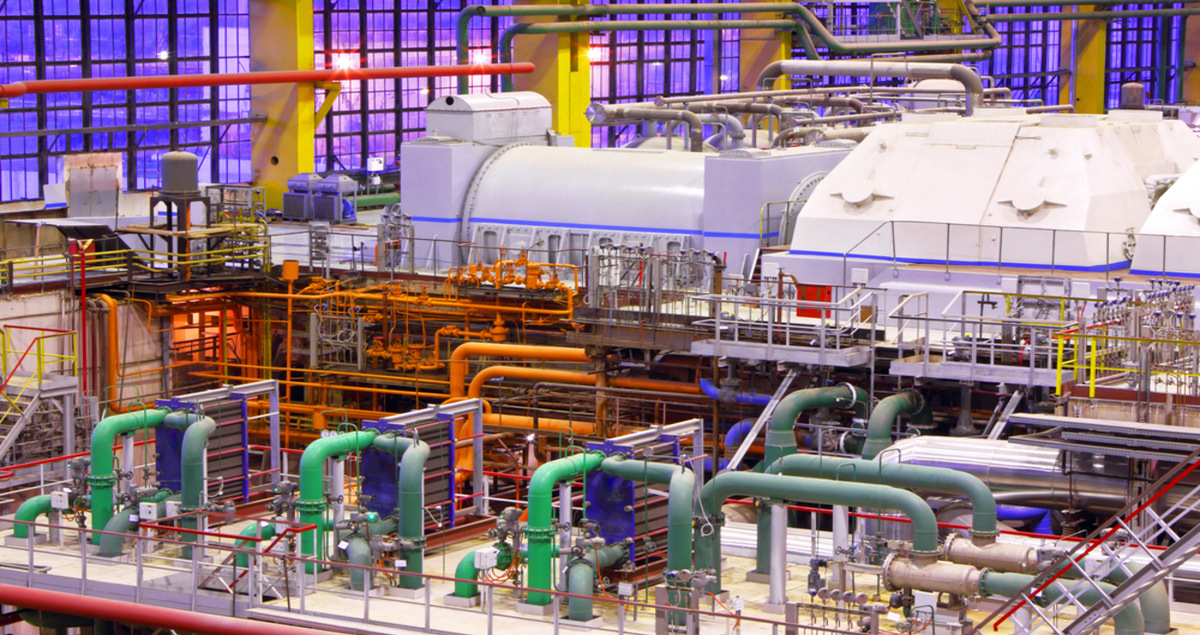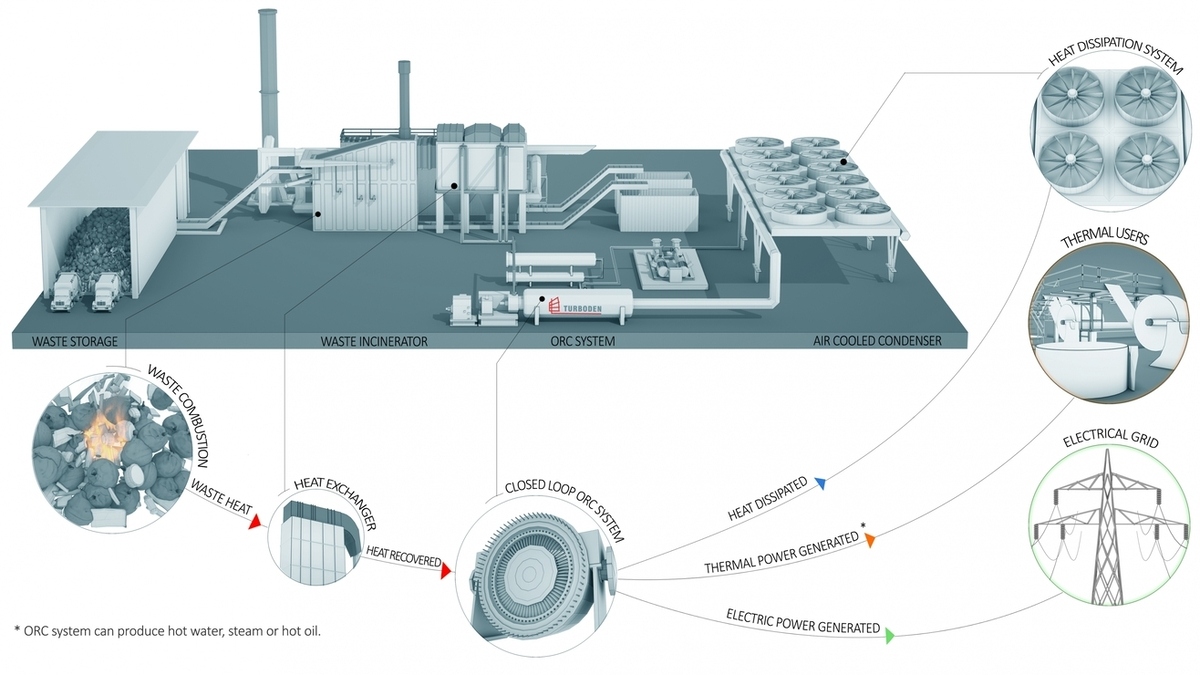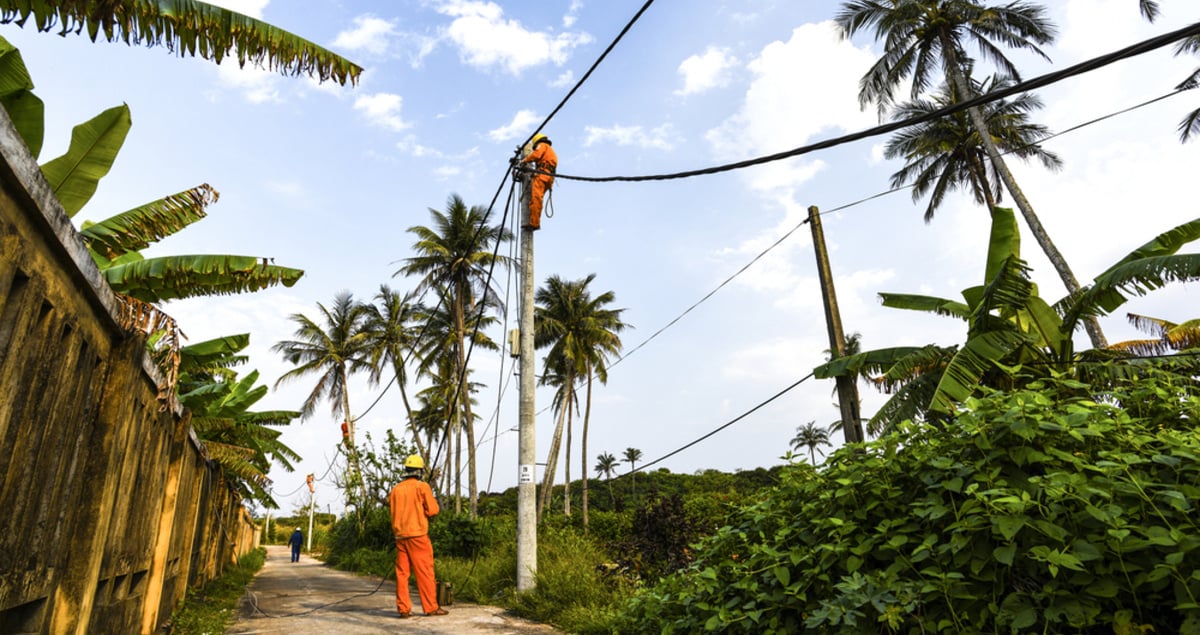Distributed energy: 4 projects making communities resilient

Energy resilience has jumped to the top of governments’ agendas. There are two main reasons for this. One is the crippling impact of geopolitical instability on fuel prices. The other is mitigating the effects of climate change on our energy systems, such as intense heatwaves in Europe.
More localized, distributed energy resources (DER) could be one way of addressing both of these. Many are renewable and circular, too, so there is no need for a trade-off between greater resilience and the clean energy agenda.
What are distributed energy resources?
In developed economies, centralized energy systems have been the norm. They typically take the form of national energy grids fed by a few large power stations. These are likely to be coal-, gas- or nuclear-powered and deliver electricity across hundreds of miles of power networks.
Such vast grids do not lend themselves to renewable power generation, which by its very nature is distributed — think offshore wind or solar farms in remote locations. Redesigning power grids to move generation closer to where energy is needed is an essential part of the transition to cleaner energy supplies.
DER solutions are varied, ranging from cogeneration of heat and power through district energy systems to community heat pumps.
Here are four examples of DER power generation that embrace this approach.

1. A carbon-free future for communities in North Carolina
A newly built solar farm in North Carolina, covering around 55 acres in southern Caldwell County, is helping local communities decarbonize rapidly.
The Brighter Future Solar facility provides 19,000 megawatt hours of electricity each year to the local grid. This is enough to power 1,600 homes. The solar plant also helps local electric cooperative Blue Ridge Energy maintain stable electricity prices for its members.
The locally generated electricity, meanwhile, can offset some of the need for extra power to be bought in from a traditional electricity provider at times of peak demand, when wholesale power costs are highest. The project developer, Oriden, is backed by Mitsubishi Power Americas, a Mitsubishi Heavy Industries (MHI) Group company.
2. First Nations in Canada draw on biomass for energy resilience
Another energy revolution is underway in the First Nations territory of Meadow Lake in Saskatchewan, Canada. The Meadow Lake Tribal Council Bioenergy Center will generate carbon-neutral electricity with Organic Rankine Cycle (ORC) technology from Turboden, part of MHI Group.
Fueled by residual wood waste from an adjacent sawmill, the biomass center is expected to generate 6.6 megawatts of baseload electricity for around 5,000 homes. Over 25 years, the project is set to reduce greenhouse gas emissions by more than one million tonnes and improve local air quality.

3. Fuel cells deliver distributed energy to homes in Japan
Fuel cells are still a rarity globally but, in Japan, gas companies have been selling them to residential customers since 2009.
Fuel cells generate energy by combining hydrogen with oxygen to supply heating and hot water. They can provide heat on demand, as and where needed, making the individual household more independent from the grid.
Heating for water, homes and industry made up about half of the global final energy consumption in 2021, with CO₂ emissions to match. While, today, fuel cells typically use hydrogen extracted using natural gas, the expectation is they will ultimately be powered by a greater share of hydrogen produced from ‘green’ renewable energy.
4. Energy resilience for remote locations
Nowhere is energy resilience more challenging than in remote regions or islands. To date, electrifying far-flung places has invariably meant using diesel generators. Replacing these is a priority in the race to net zero. But, due to its intermittent nature, renewable energy alone cannot provide a stable power supply.
One solution could be new hybrid energy systems that merge fossil fuel-fired power with clean energy and battery storage. In addition to providing reliable, affordable energy for remote locations, such systems can also make corporate energy off-takers more resilient. For example, MHI has developed a system combining renewable power sources, batteries and engine generators.

The Organic Rankine Cycle
The Rankine Cycle is a thermodynamic cycle that converts heat into power, providing approximately 85% of worldwide electricity production. The heat is supplied to a closed loop, which typically uses water as working fluid.
The Organic Rankine Cycle (ORC) is based on a turbogenerator working as a conventional steam turbine to transform thermal energy into mechanical energy and finally into electric energy through an electrical generator. Instead of generating steam from water, the ORC system vaporizes an organic fluid, characterized by a molecular mass higher than that of water. This leads to a slower rotation of the turbine, lower pressures and no erosion of the metal parts and blades.
Discover more about MHI Group's work in distributed energy





